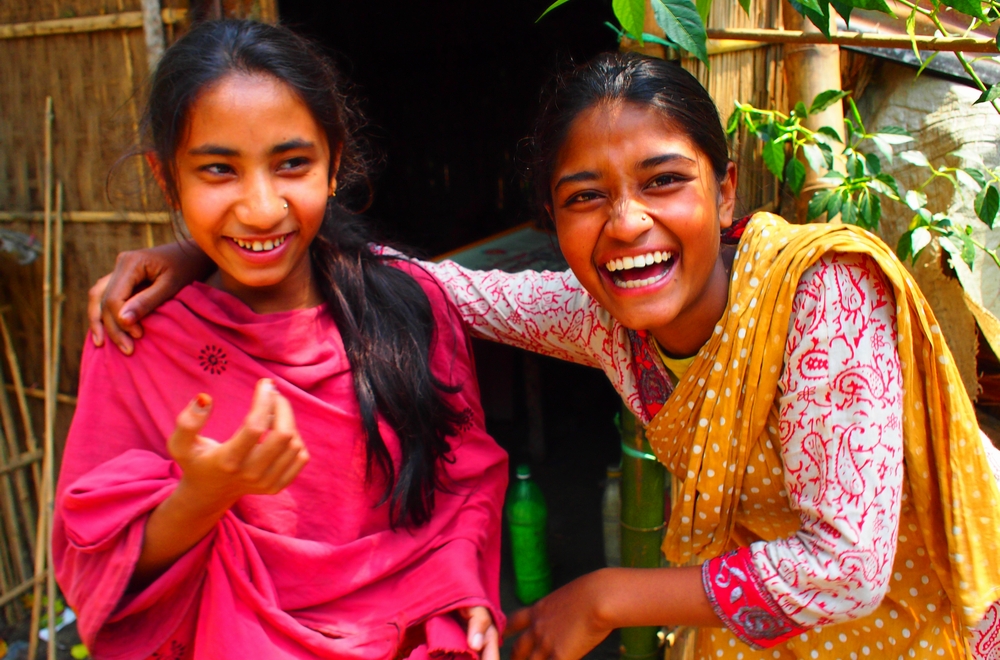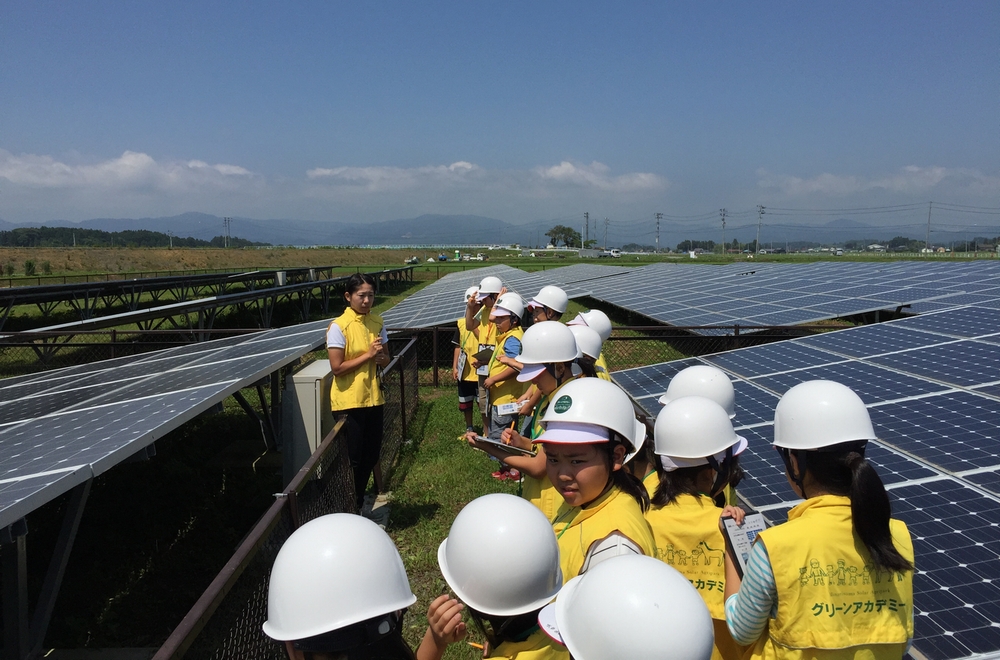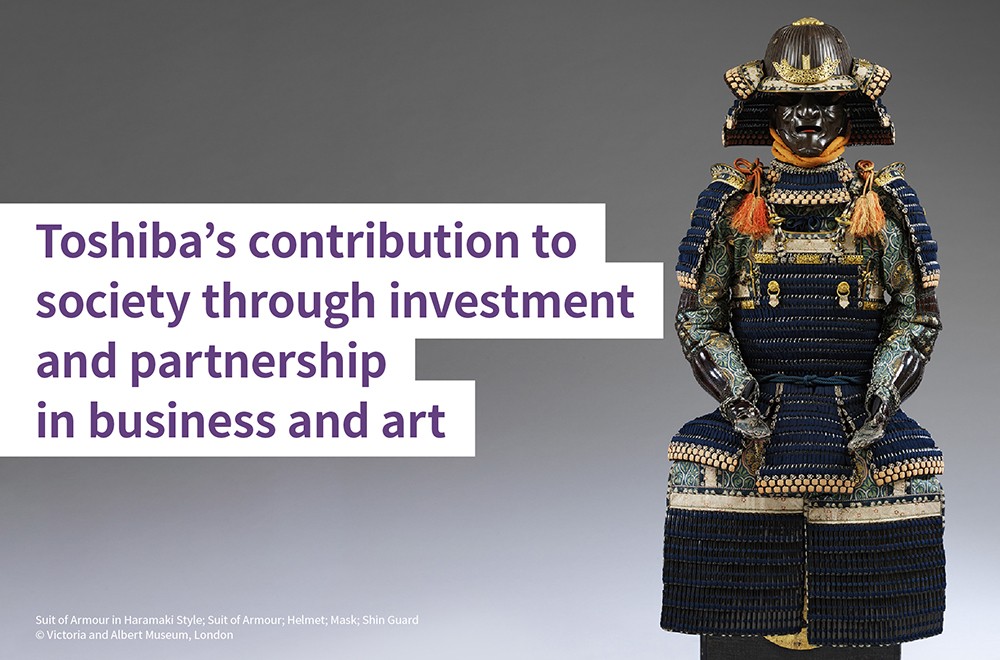Power of Young Minds, Power of Passion for the Future
2018/08/08 Toshiba Clip Team
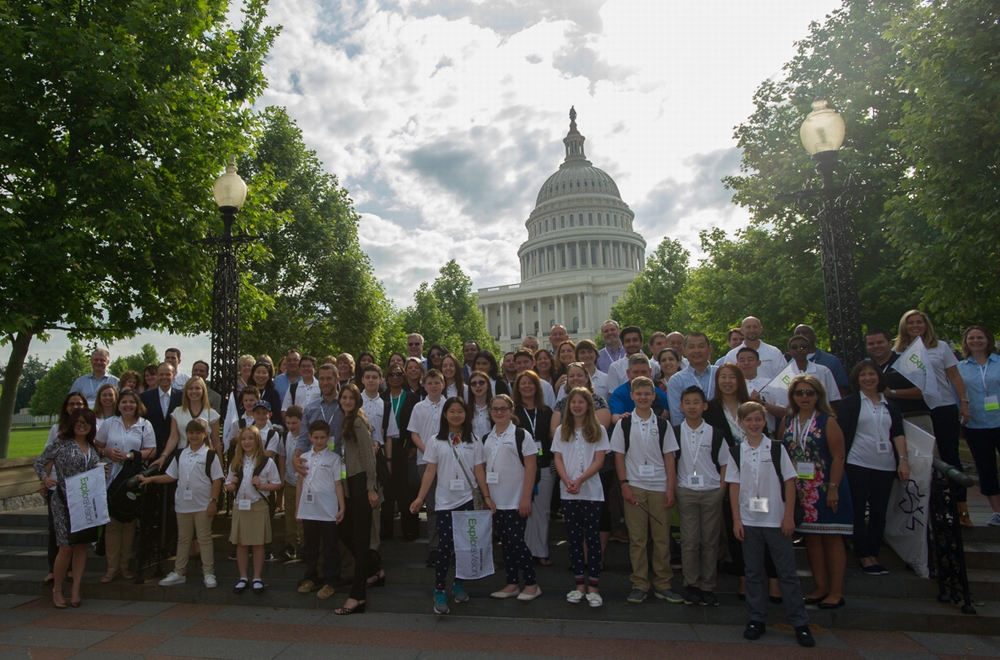
Imagine if you were asked what technology would look like in two decades. Over 27 years, nearly 400,000 students in the U.S. and Canada, in ages ranging from kindergarten through 12th grade, have done just that, and imagined ways to solve or handle issues in agriculture, healthcare, energy storage and many more areas.
In 1992, shortly after Toshiba America’s 25th anniversary in the US, the company joined forces with the National Science Teachers Association to launch the ExploraVision program. It was a way to give back to the communities throughout North America that have been so supportive to Toshiba’s businesses. ExploraVision was designed to encourage the next generation to think big and have a role in shaping a better future, and it has become the world’s largest K-12 science competition. Investing in early science, technology, engineering & mathematics (STEM) education and project-based learning can foster a lifelong passion for science that leads to innovative & technological breakthroughs.
Toshiba has faced many challenges over the last 140 years, but the determination to continue to invest in young minds remains unwavering, and the ExploraVision program remains a cornerstone of our CSR educational activities in North America.
This year, from June 7-8, eight ExploraVision winning teams gathered in Washington, D.C. to exhibit their forward-thinking projects to elected officials and members of the media. From finding a potential cure for cystic fibrosis to increasing the efficiency of electric cars, this year’s national ExploraVision winners truly proved themselves to be the future generation.
The ground-breaking work these winners created is a testament to the importance of encouraging scientific exploration in young students. The power of these young minds, with their passion for invention, is the power to create a new day, a new future. Toshiba certainly wants to be a part of that, and continues to appreciate the sentiment and grassroots movement that saved the company decades ago.
Within 20 Years, These Inventions Could Become Reality
Rethinking the Future of Solar Energy
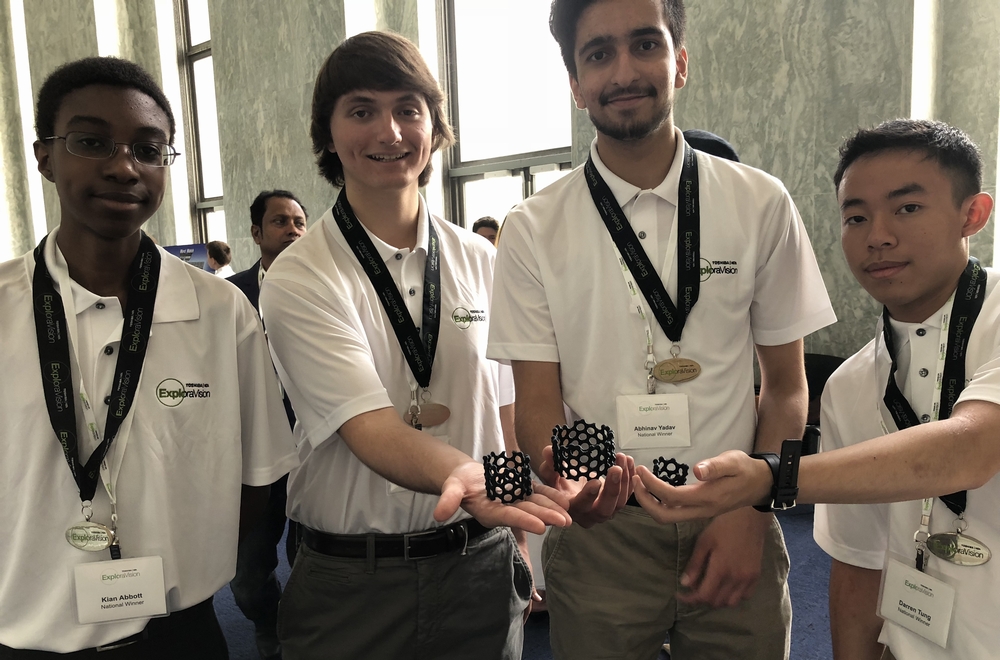
Science is all about paving the way for a brighter future, and these high school students from Ward Melville High School in East Setauket, NY are doing just that—with sun. They envisioned a way to improve the efficiency of solar energy using 3D printed carbon nanotubes. Now that’s what we call clean technology.
Ending Lupus with Two-Drug Combination Therapy
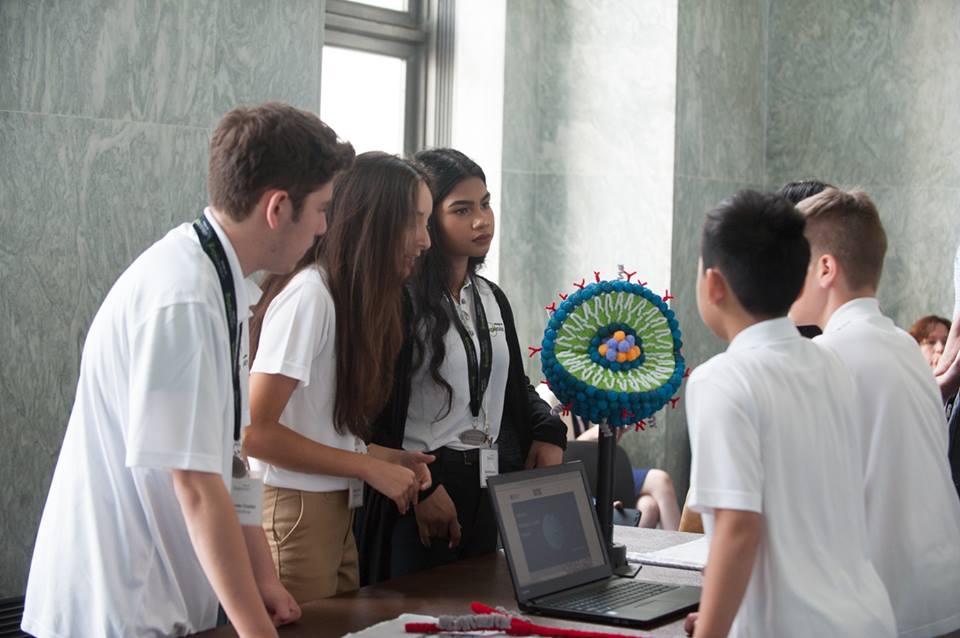
A cure for Lupus has long eluded scientists and medical professionals, but these Academy of Arts and Sciences high school students from Granada Hills, CA decided to tackle the disease with a combination of pre-existing therapies. The two-drug cell therapy these young health scientists invented could shape healthcare in 20 years.
A New Way to Treat Autism with Wearable Technology
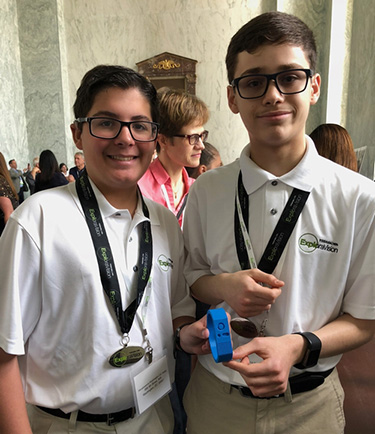
Inspired by a classmate with Autism, these students from Saint Anthony’s High School in South Huntington, NY developed a way for people on the spectrum to navigate confusing social situations. The EMREC smart bracelet they invented creates fun, personalized therapies for patients to improve emotional recognition abilities. Wearable devices that incorporate IoT and Bluetooth technology are the future of healthcare.
Making Language Visual with Augmented Reality
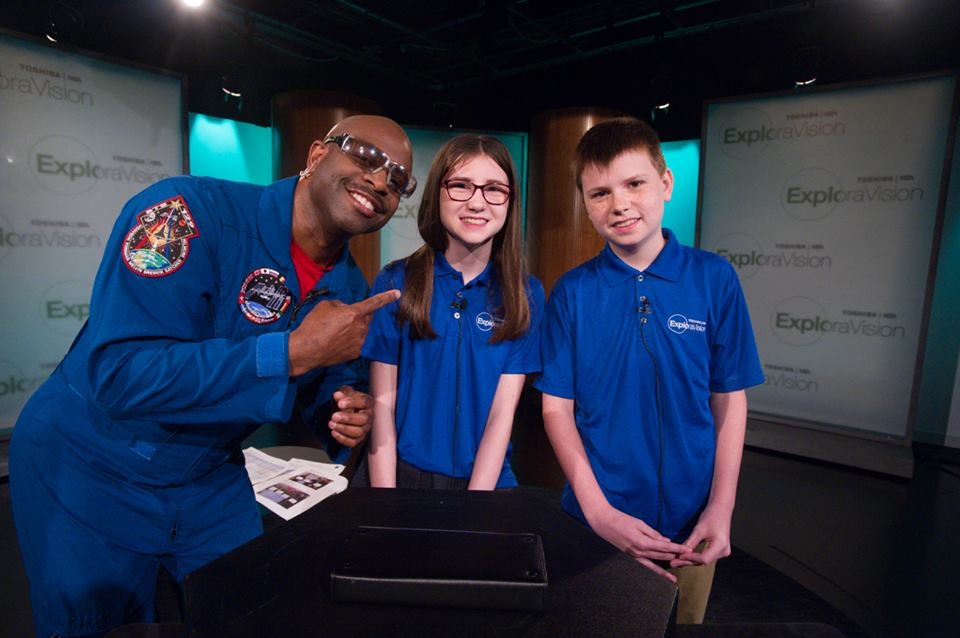
Imagine a world where everyone could understand each other, and language wasn’t a barrier to communication. That’s exactly what this sibling duo from The Gagie School in Kalamazoo, MI had in mind when they developed their Word Watch headset. This augmented reality headset/goggle combination can translate any verbal words into a visual text the wearer understands. Word Watch ultimately helps improve personal or professional relationships globally.
Treating Cystic Fibrosis with Nano-Sponge Technology
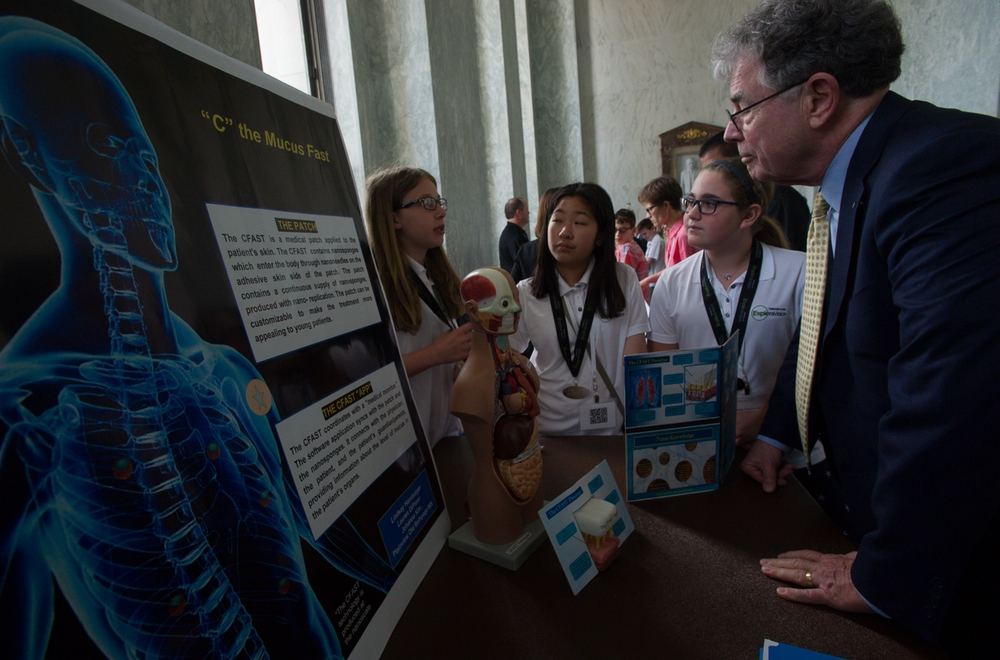
When these middle school students from Plainview-Old Bethpage Middle School in Plainview, NY learned their Vice Principal’s granddaughter suffered from Cystic Fibrosis, the turned empathy into innovation. The CFAST system uses nano-sponge technology to absorb excess mucus in patients’ lungs, leading the world one step closer to finding a cure for CF.
Maximizing the Efficiency of Electric Cars
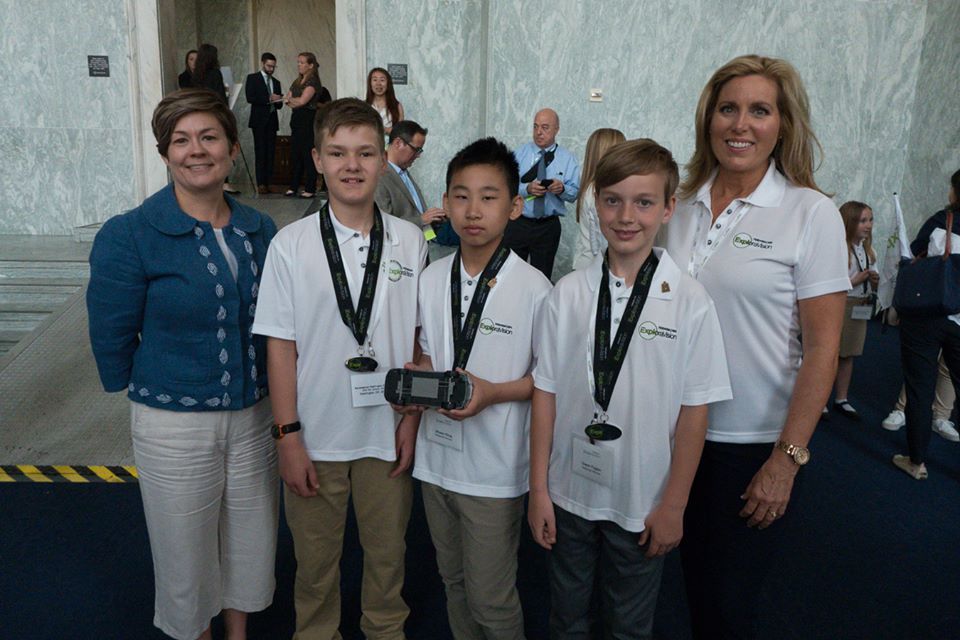
At Toshiba, we know the future of transportation rests on electric vehicles. Similarly, middle schoolers at St. Brother Andre School in Ottawa, Canada found a more sustainable way to harness energy. Their Perpetual Energy Motor makes electric vehicles more efficient between charges to better manage energy. This motor could become a reality in the next several years.
Improving Crop Yield with IoT Devices
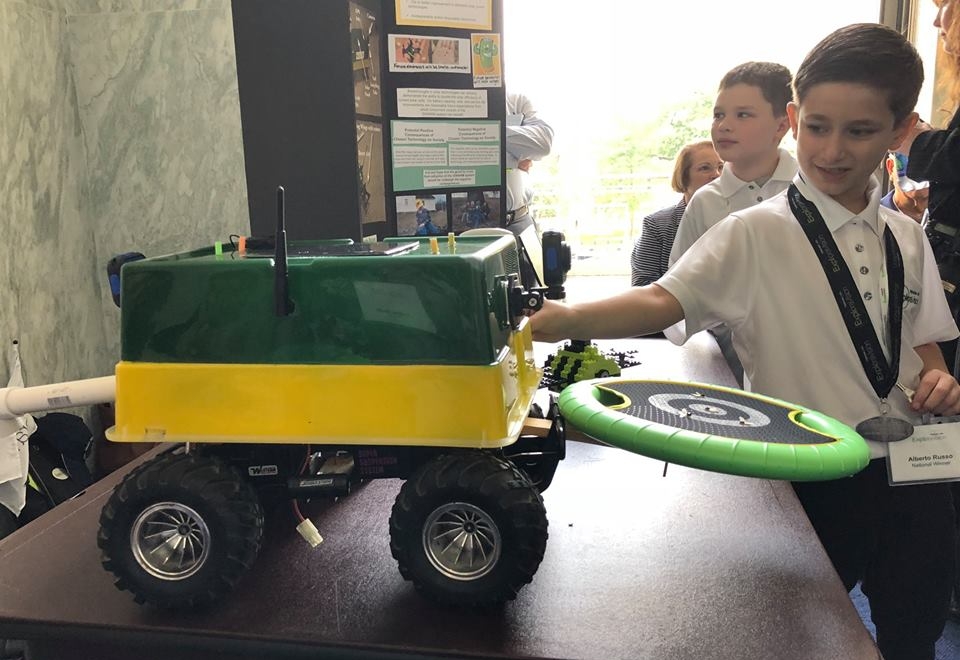
As the world’s population continues to grow, how can farmers modernize agriculture? These elementary school students from L.D. Batchelder School in North Reading, MA think the answer lies in wireless IoT devices. The iSWARM would use sensors to give farmers updates about the health of their crops in real-time. Over time, this will help improve crop yield and change the face of agro-technology.
A Unique Smart Toilet to Manage Illness
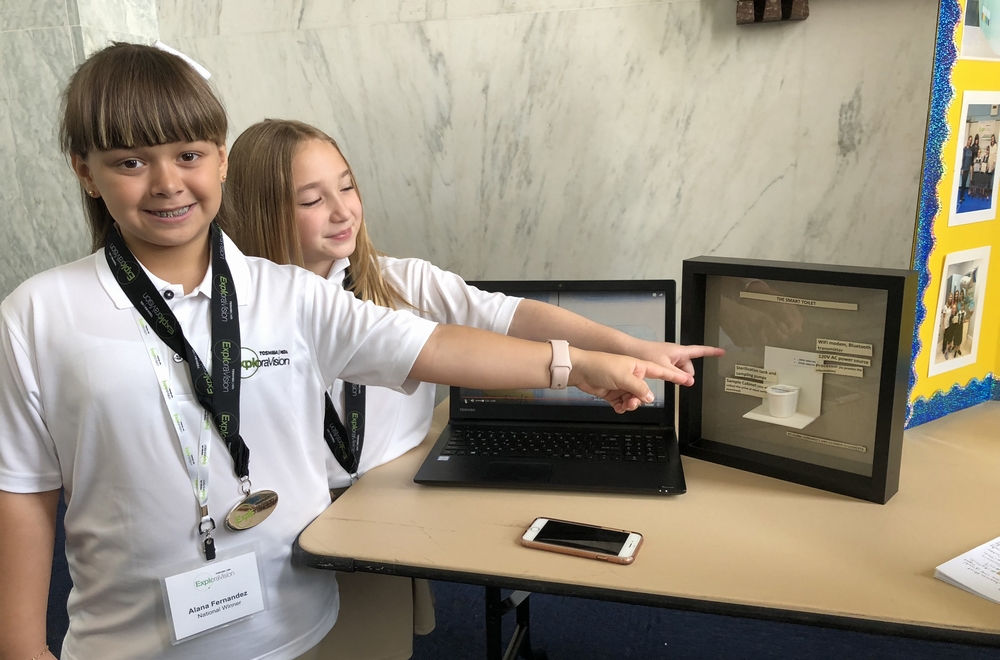
These elementary school students from St. Thomas the Apostle in Miami, FL believe that many illnesses could be prevented if symptoms were detected early on. That’s why they invented the Smart Toilet, which monitors bodily fluids and sends results to a smartphone app. With this kind of technology, the future of healthcare becomes more personal and meaningful.
Photo credits: Jax Photography
![]()





